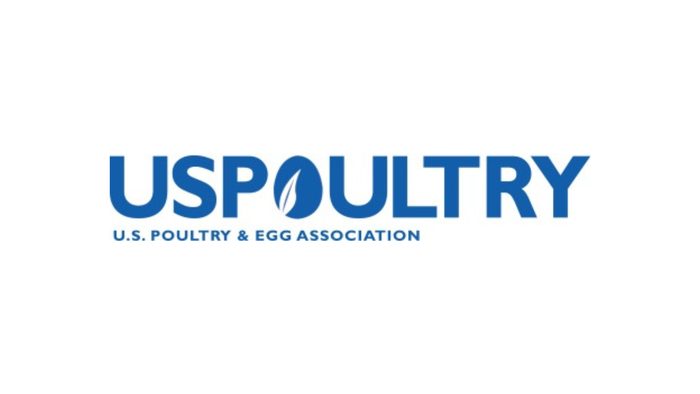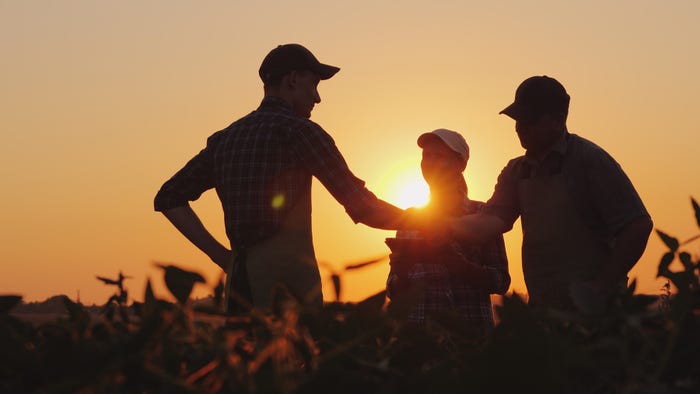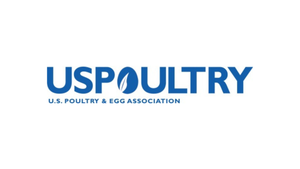thumbnail
Agribusiness News
Applications now being accepted for the poultry industry safety recognition awardApplications now being accepted for the poultry industry safety recognition award
Applications are currently being welcomed by the Joint Poultry Industry Safety Award Program from poultry industry facilities with outstanding safety programs.
Subscribe to Our Newsletters
Feedstuffs is the news source for animal agriculture






.png?width=300&auto=webp&quality=80&disable=upscale)

.png?width=300&auto=webp&quality=80&disable=upscale)




.png?width=300&auto=webp&quality=80&disable=upscale)



.png?width=300&auto=webp&quality=80&disable=upscale)


.png?width=300&auto=webp&quality=80&disable=upscale)


.png?width=300&auto=webp&quality=80&disable=upscale)









.png?width=300&auto=webp&quality=80&disable=upscale)



